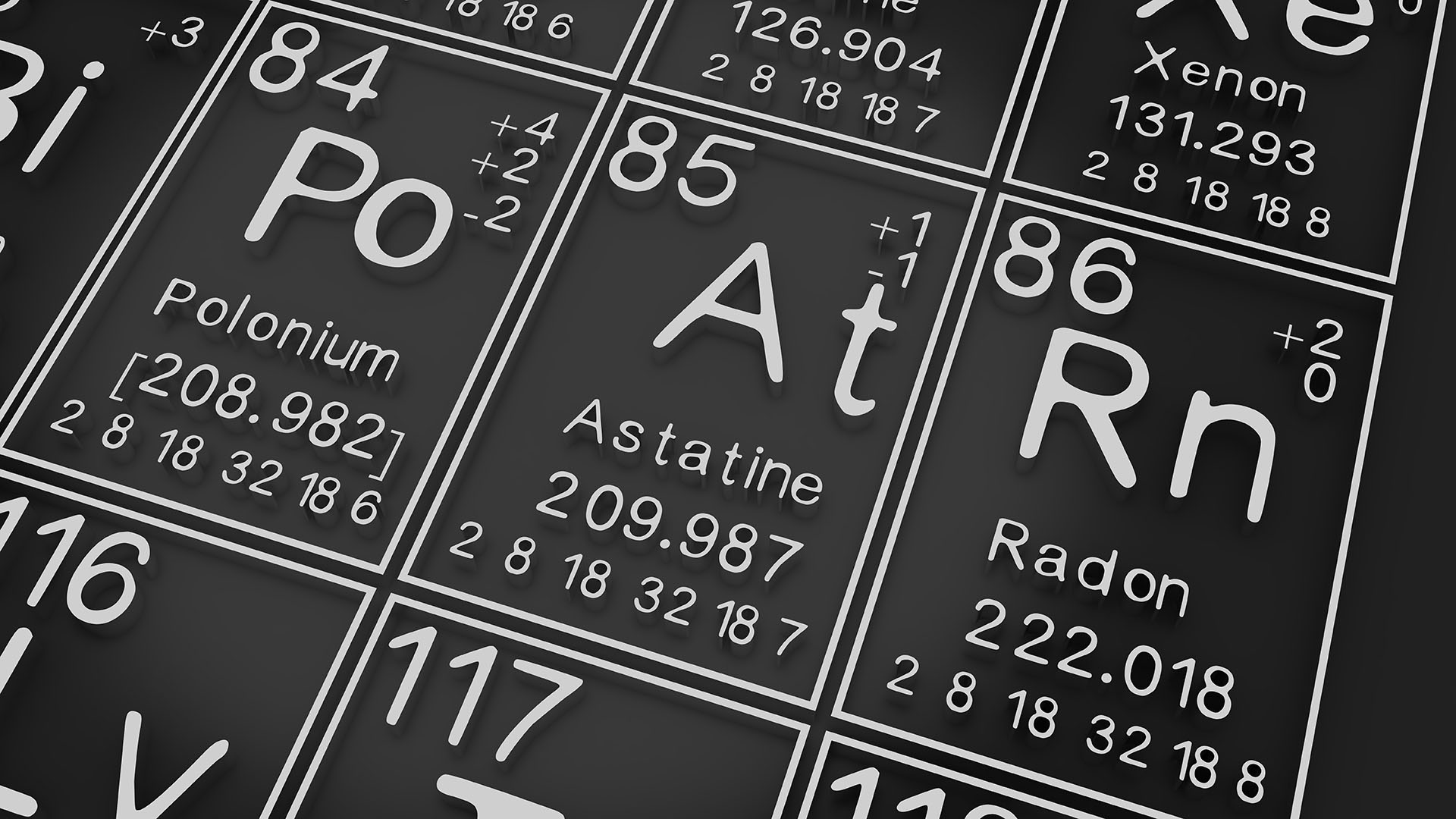

Astatine is a chemical element with the symbol At and the atomic number 85. It is a radioactive, highly unstable element that is not found naturally on Earth. Astatine is the heaviest halogen, and it is the rarest naturally occurring element.
Astatine is a silvery-white, volatile element that is very reactive. It is a member of the halogen group, which is a group of elements that are very reactive and combine easily with other elements. Astatine is also a radioactive element, which means that it breaks down over time and emits radiation.
Astatine was first discovered in 1940 by a team of scientists led by Dale R. Corson, Kenneth Street, Jr., and Emilio Segrè at the University of California, Berkeley. The element was named after the Greek word "astatos," which means "unstable."
Astatine is not used for any practical purposes. However, it is a valuable research tool for scientists who study nuclear physics.
Here is a fun fact about astatine:
Astatine is a rare and radioactive element that is only found in trace amounts in nature.

Noun: astatine (plural: astatines).
Adjective: astatinic.
Adverb: astatinically.
Verb: astatinise (to make something astatinic).
Gerund: astatinising.
Participle: astatinised.
The word "astatine" comes from the Greek word ἄστατος (astatos), which means "unstable." This is because astatine is the most radioactive element on the periodic table, with a half-life of only 8.1 hours. The name was chosen by the scientists who discovered astatine in 1940, Dale R. Corson, Kenneth Ross MacKenzie, and Emilio G. Segrè.
What can astatine be used for?